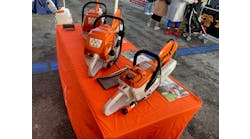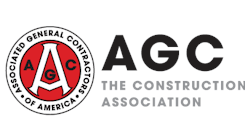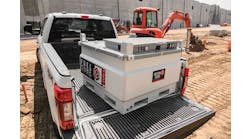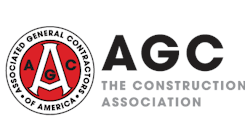Research on “Selection of Access Equipment” commissioned by United Kingdom-based Crown House Technologies, part of the Laing O’Rourke Group, revealed that mobile elevating work platforms are safer and more effective compared with other methods for work at height.
“Following our study we were able to provide evidence that MEWPs are safer, more productive, ergonomic and avoid unnecessary strain injury,” said Gerry Mulholland, HSE Leader at Crown House Technologies (CHt), who initiated this rigorous assessment of work at height policies and procedures within CHt. Mulholland spoke last week at the Europlatform conference in Milan, Italy. “MEWPs are also easier for site management to maintain the appropriate safe standards on site as there are fewer options offered, therefore fewer opportunities to make the wrong choice; their automation reduces accidents caused by human error. General site opinion from our workforce is that MEWPs get the job done.”
The findings were the result of a complete review of the work-at-height procedures (up to 4.5 meters) for mechanical and electrical installation carried out by CHt in 2008. The research began with a series of seven road shows attended by more than 170 people across the U.K. where CHt asked its workforce, “What do you want to work from?”
Falls from height are the primary cause of serious injury in the construction industry. CHt’s detailed review found that just under a fifth of all accidents on site are related to access equipment. A small proportion of these are caused by MEWPs (19 percent), compared with podiums, mobile towers, and ladders and A-frames.
The study also looked at the cost of access-related accident claims as well as repair costs. Loss and damage data was collected from a selection of projects where MEWPs were used: Heathrow Airport Terminal 5, the Royal Ascot Racecourse Grandstand, the Slough Treatment Works, the Arora Hotel at Heathrow Terminal 5, and the York Building, Marble Arch in London.
The study is steadily gaining recognition, according to CHt. The UK Health & Safety Executive has been made aware of the findings and approach to equipment selection. HSE will also be publishing the approach in a case study on its website demonstrating best practice with regard to workforce engagement.






